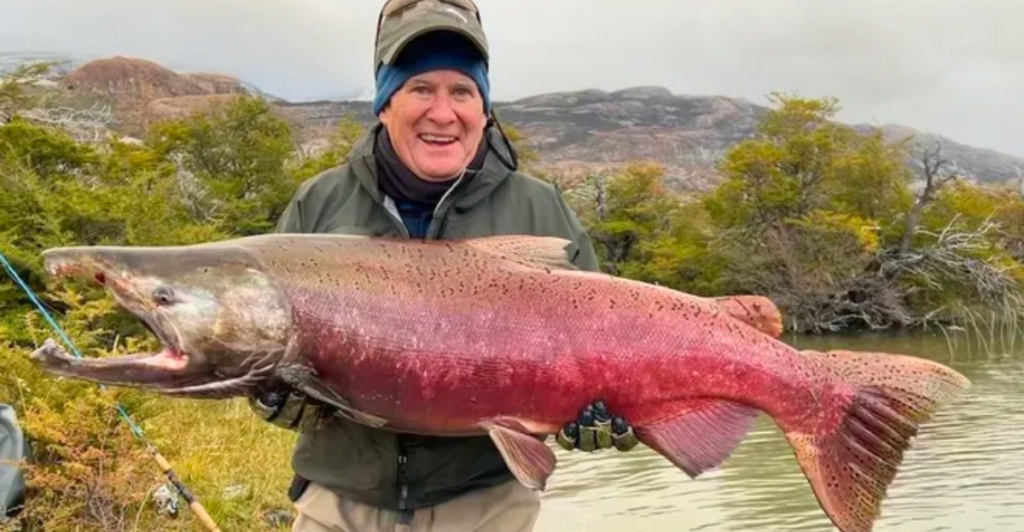
After more than a century of obstruction, the Klamath River is experiencing a rebirth. After the recent removal of four massive hydroelectric dams, the largest such project ever in the U.S., more than 400 miles of habitat has been reopened. These dams disrupted salmon migration for generations, leading to drastic declines in population.
With the barriers now removed, there is renewed hope for ecological revival and the return of the iconic salmon, which is deeply intertwined with the region’s Indigenous cultures and ecosystems. This massive effort results from more than a decade of advocacy from tribes and conservation groups, highlighting the power of persistence to restoring a vital waterway.
Salmon’s Unexpected Return: A Lifeline Restored
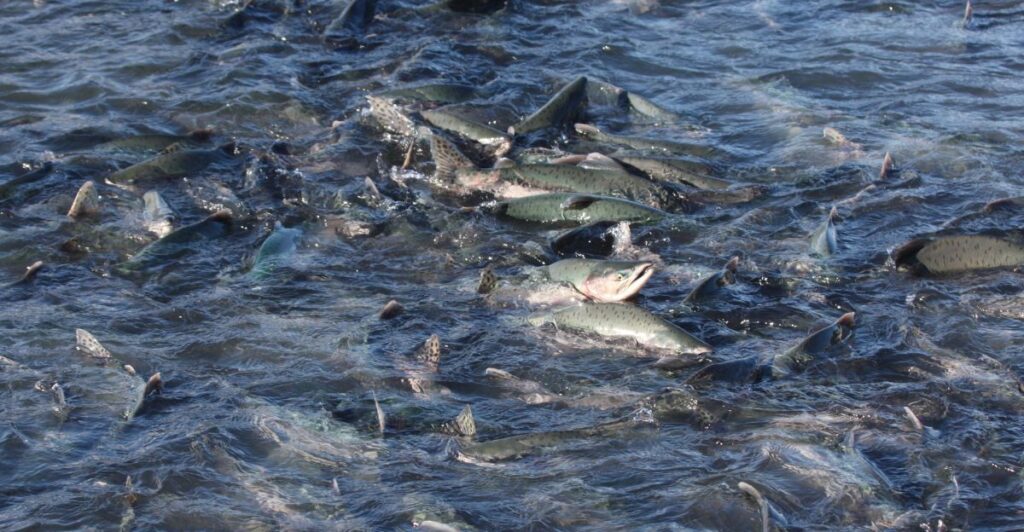
Salmon, a keystone species vital to the Klamath River ecosystem, had disappeared from the upper reaches for over a century. These fish represent more than just wildlife; they are essential to the culture and nutritional well-being of local tribes.
The removal of the dams has prompted an unprecedented event: Chinook salmon have been seen upstream in Oregon for the first time since 1912.
This rapid reappearance has amazed biologists and has raised hope for the species’ long-term recovery and for the overall health of the river. The speed of their return indicates they retained their instinct for ancestral habitats.
Decades of Determination: The Historic Campaign for Dam Removal
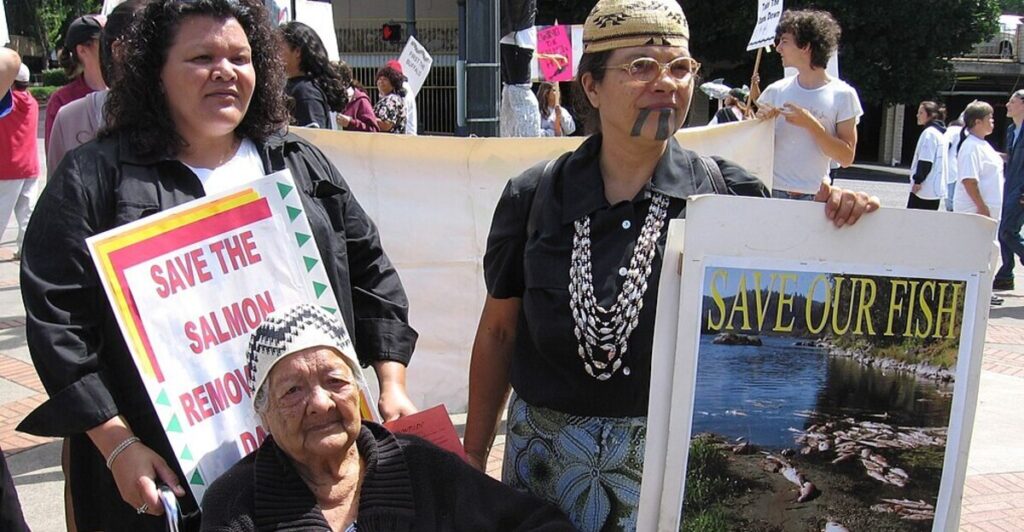
The removal of both dams came after decades of relentless campaigning by Indigenous tribes and environmental advocates. The Yurok, Karuk, and other tribes, deeply linked to salmon, mounted relentless battles against skeptics and financial hurdles.
Their deep cultural connection to the river and unwavering determination were pivotal in ensuring the necessary approvals were implemented. Federal regulators acknowledged the ecological and cultural stakes in 2022. Demolition began in 2023 and ended in August 2024, marking a historic win for these communities and a testament to their persistence.
Environmental Impact: Legacy of the Dams
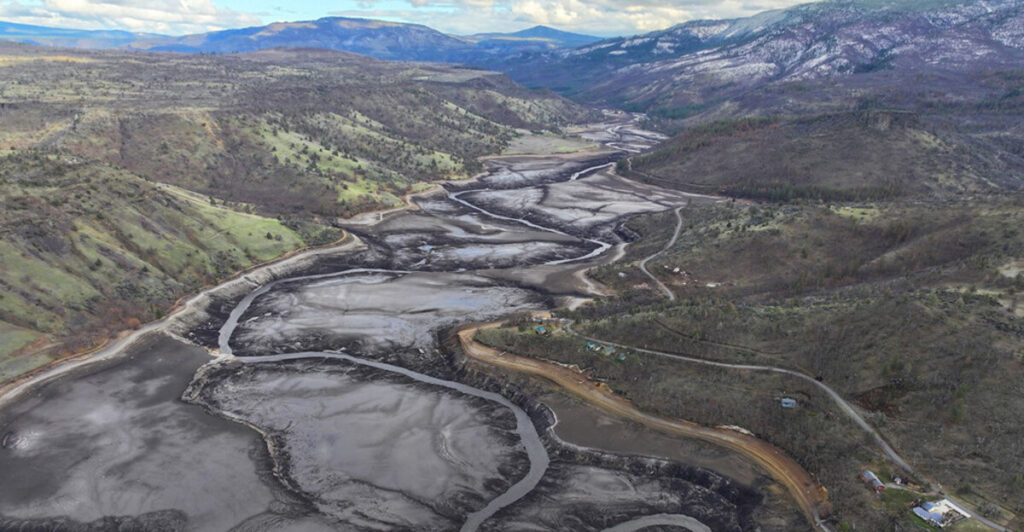
Constructed between 1918 and 1962, the dams provided hydropower but also created widespread environmental destruction. They formed stagnant reservoirs, spread toxic algae blooms, and, most importantly, blocked fish migration.
Salmon populations dropped , and water quality deteriorated, endangering the entire river ecosystem. Fish populations fell to less than five percent of historic levels. Removing these structures eliminates those barriers, allowing the river to recover and creating the conditions for the return of salmon and native species.
Renewed Hope for the Klamath
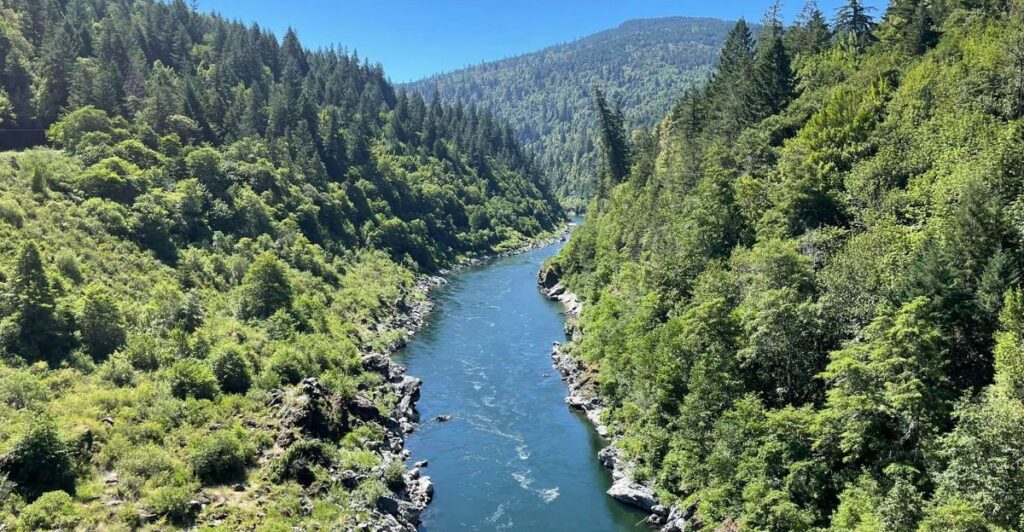
For the local Indigenous communities, the Klamath River is not just a geographical feature; it is a spiritual and cultural cornerstone. Salmon provided sustenance, the basis for ceremony and tradition. The declining salmon populations led to dietary and cultural loss. The restoration of the river brings with it the potential to reinstate these practices.
The Tribal members hope their children will see the river filled with salmon and connect with their heritage and tradition again. Salmon also play an important role in maintaining ecological balance — when they die, they provide nutrients that feed vegetation and wildlife, benefiting the richer tapestry of the surrounding ecology.
A Pathway to a Sustainable Future
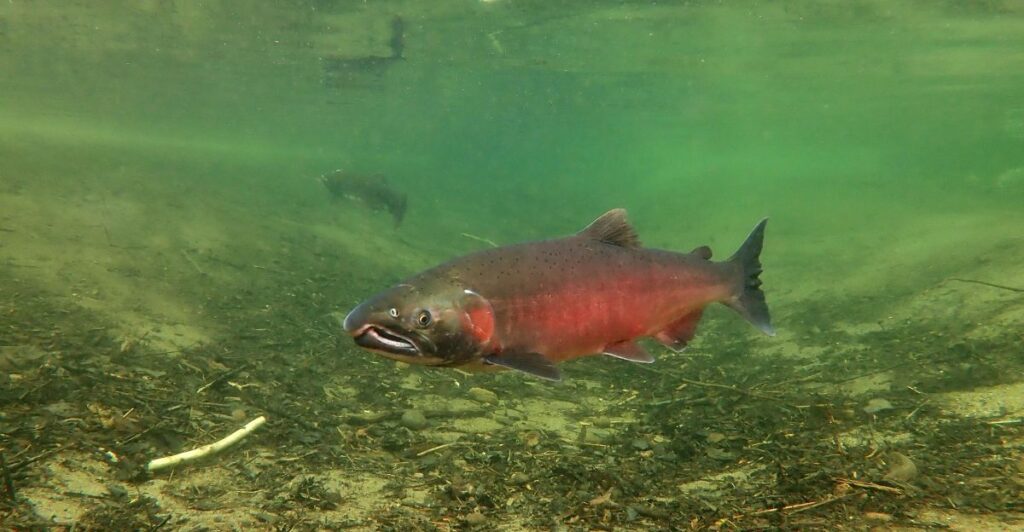
The dam removal project was not without its challenges. Local communities expressed concern about losing hydropower, sediment build-up, and changes to familiar landscapes. Early stages of demolition released accumulated sediment that led to temporary muddiness and some fish die-offs.
However, scientists emphasized that these effects are temporary. Its success depended on cooperation between tribes, scientists, government agencies, and environmental groups. Restoration of the Klamath will continue, including replanting aquatic vegetation and ensuring fish populations are monitored for a balanced ecosystem that is sustainable in the long term.
As the river reclaims its identity by reconnecting its waters to the Pacific Ocean and its history to the future, it demonstrates the power of collective action and environmental stewardship.







